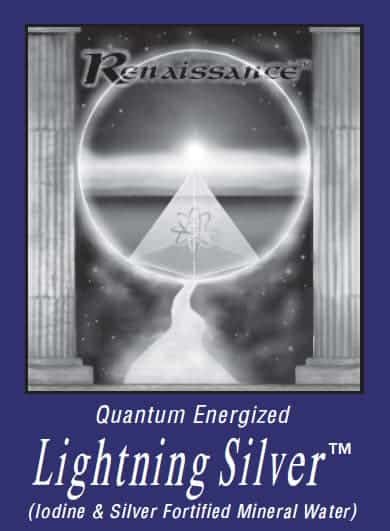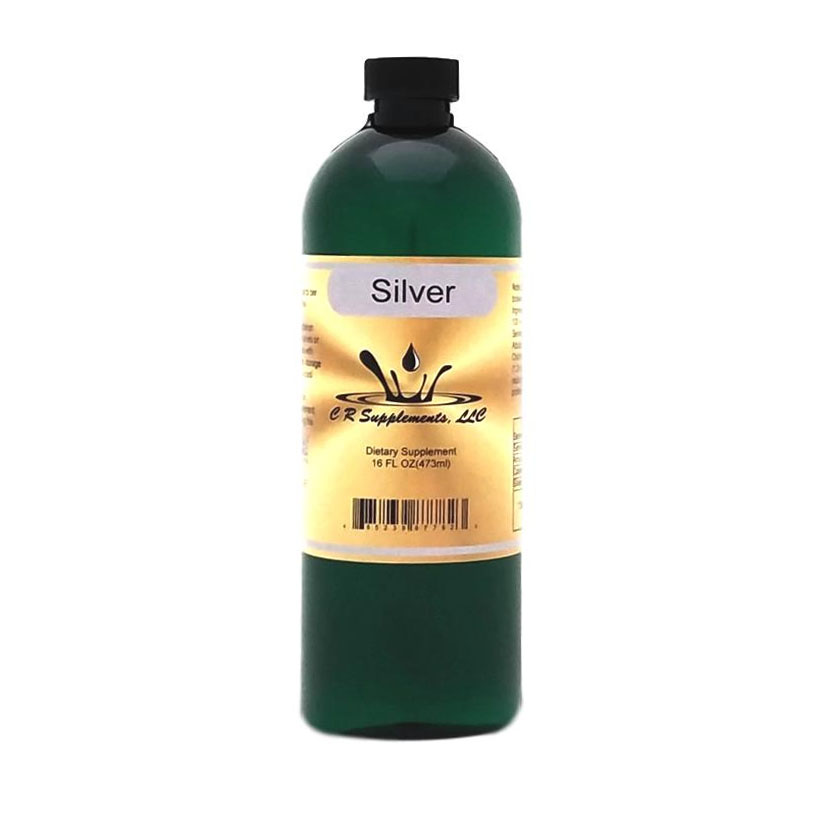No products in the cart.
Silver Introduction
Antibacterial, Antiviral and Antifungal
The use of Silver was widespread until World War II. With the development of modern antibiotics in the 1940s, using silver as an antimicrobial agent diminished. Antibiotics became the standard treatment for infections. But now, because of overuse, many pathogens are becoming resistant to antibiotics. But not to Silver.
It’s a great remedy for those that seem to catch every cold and flu, or have an untreatable infection. People report that silver treats many conditions that don’t respond to conventional medicine.
Ways to Use Silver
- Stop (or shorten the length/severity) of colds and flus (orally or inhale)
- Great topical anti-microbial for broken skin, wounds, bites and stings
- Kills germs on contact, sanitize any surface (counters, cutting boards, toilets, doorknobs, moldy places)
- No more toxic bleach or sanitizers (great for cloths, sponges, mops, plungers)
- Add to water (or any drink) to kill any microbes
- Even works in pools/hot tubs, without chlorine.
Take a look at “Many Ways to Use Silver”
The Way Silver Works is Simple
It suffocates all single-cell organisms (bacteria, viruses, fungus). Literally deprives them of oxygen so they die. For that reason, all microbes cannot become resistant to Silver.
Threatening to the Pharmaceutical Industry
Because it’s a naturally occurring element, silver is not easy to patent, so it cannot be owned. Not economical for big pharmaceutical companies. They want us to buy their products, complete with side effects. The only effects from Silver are anti-microbial. And microbes cannot become resistant!
Centuries Old Medicinal Use
- In his writings, Hippocrates discussed using silver in wound care.
- The Greeks and Romans used silver vessels to drink from and store liquids, and to keep them from going bad.
- Early Americans put a silver dollar in milk to delay its spoiling. Back then, a silver dollar was made of actual silver.
- During World War I, soldiers used silver leaf to treat infected wounds.
- In the early 20th century, surgeons routinely used silver sutures to reduce the risk of infection. Physicians used silver drops to treat various eye infections, and sometimes gave silver internally for diseases such as gonorrhea and the common cold.
One of our customers wrote:
I’ve been using Silver to stop colds and flus for about a decade, and I’m the picture of health. That is not to say I don’t ever get sick, but almost every time I feel it coming on, all symptoms get stomped out before getting me down.
Please Note: Silver Kills Your Good Bacteria Too
This is one reason why you need Probiotics, and we have many great ones to help. It’s important for your long-term health to take a probiotic supplement during and after using silver (and after antibiotics!) to rebuild your natural intestinal flora.
Concerns with Blue Skin
Larger doses seem to cause more trouble than benefit. You may have heard of one’s skin turning blue or bluish-grey. One would have to take tenfold the recommended dosage for many weeks.
Ionic and Colloidal Silver
- A colloid by definition means molecules suspended in a solution, although even well respected scientific texts do not consistently agree on some details.
- Ionic by definition means atoms that are missing an electron (it has a plus-one electrical charge), or have an extra electron (negative electrical charge).
Previously, most Silver products were called colloidal. Recently the term Ionic Silver has been introduced.
The claims on each type of silver are controversial, with not enough research behind the claims. But let’s explain…
The currently accepted idea is that silver’s efficacy to kill germs comes from silver ions. Because watching interaction of ions with cells is very difficult, our understanding of the exact mechanism of action is far from conclusive. Many conflicting claims have been made with little scientific evidence.







